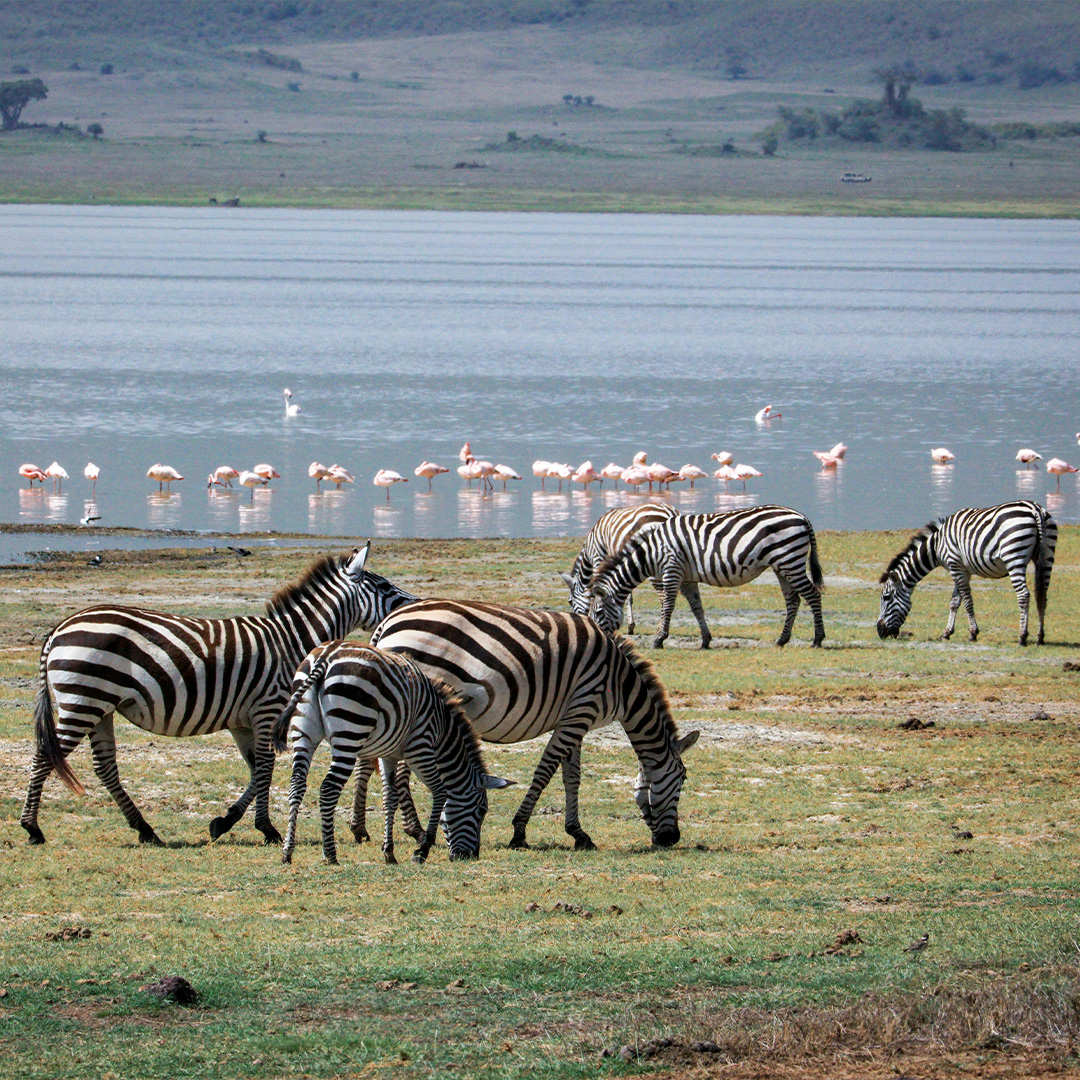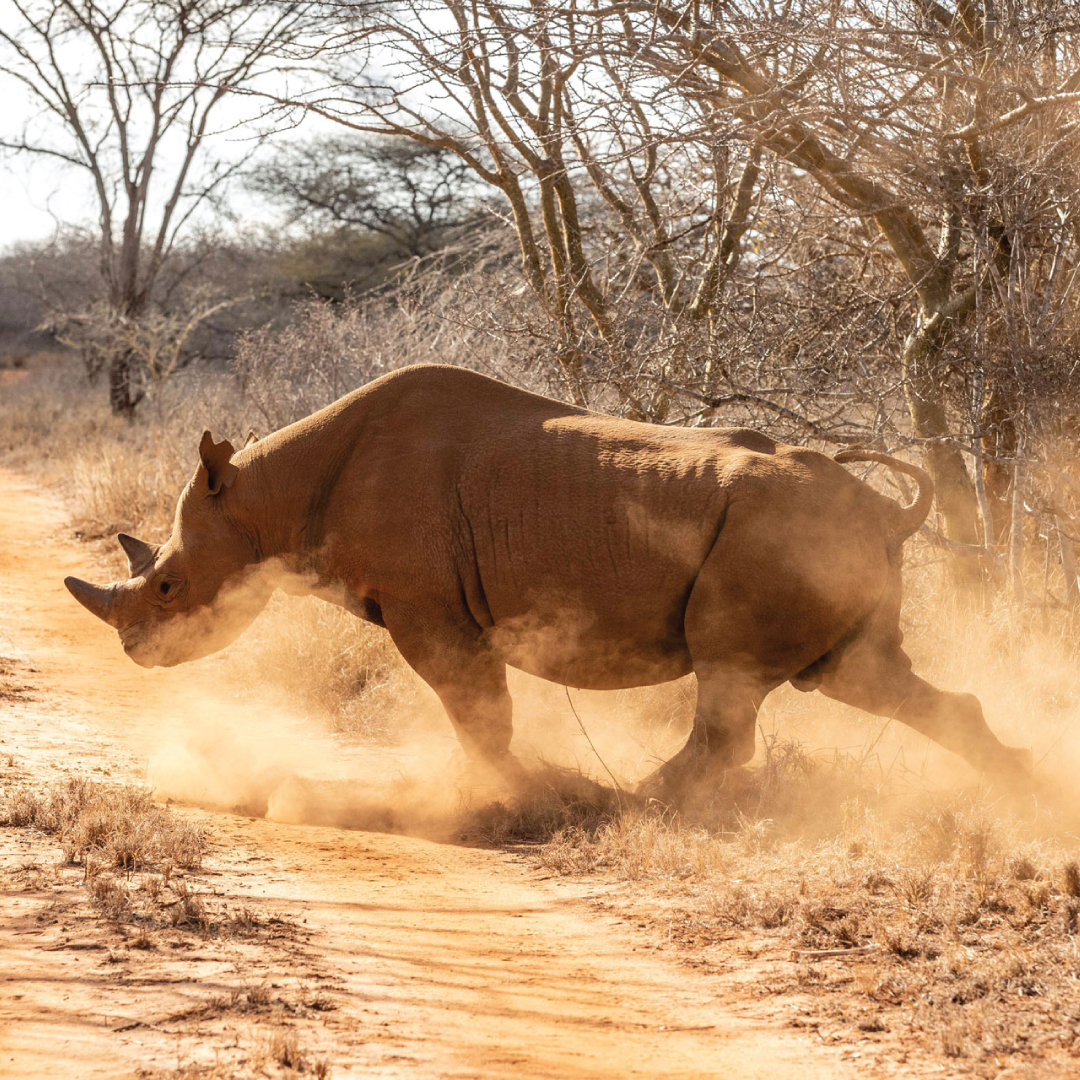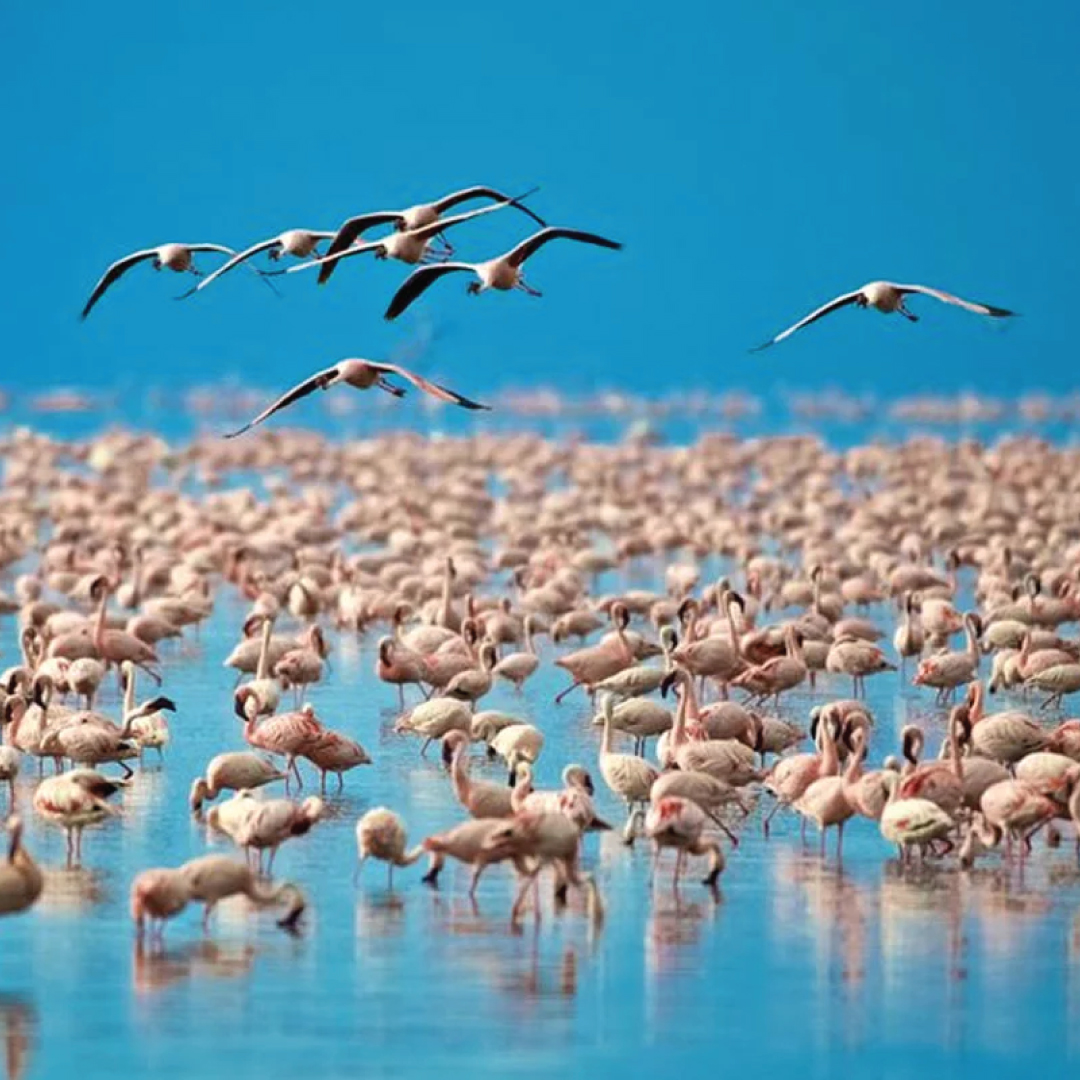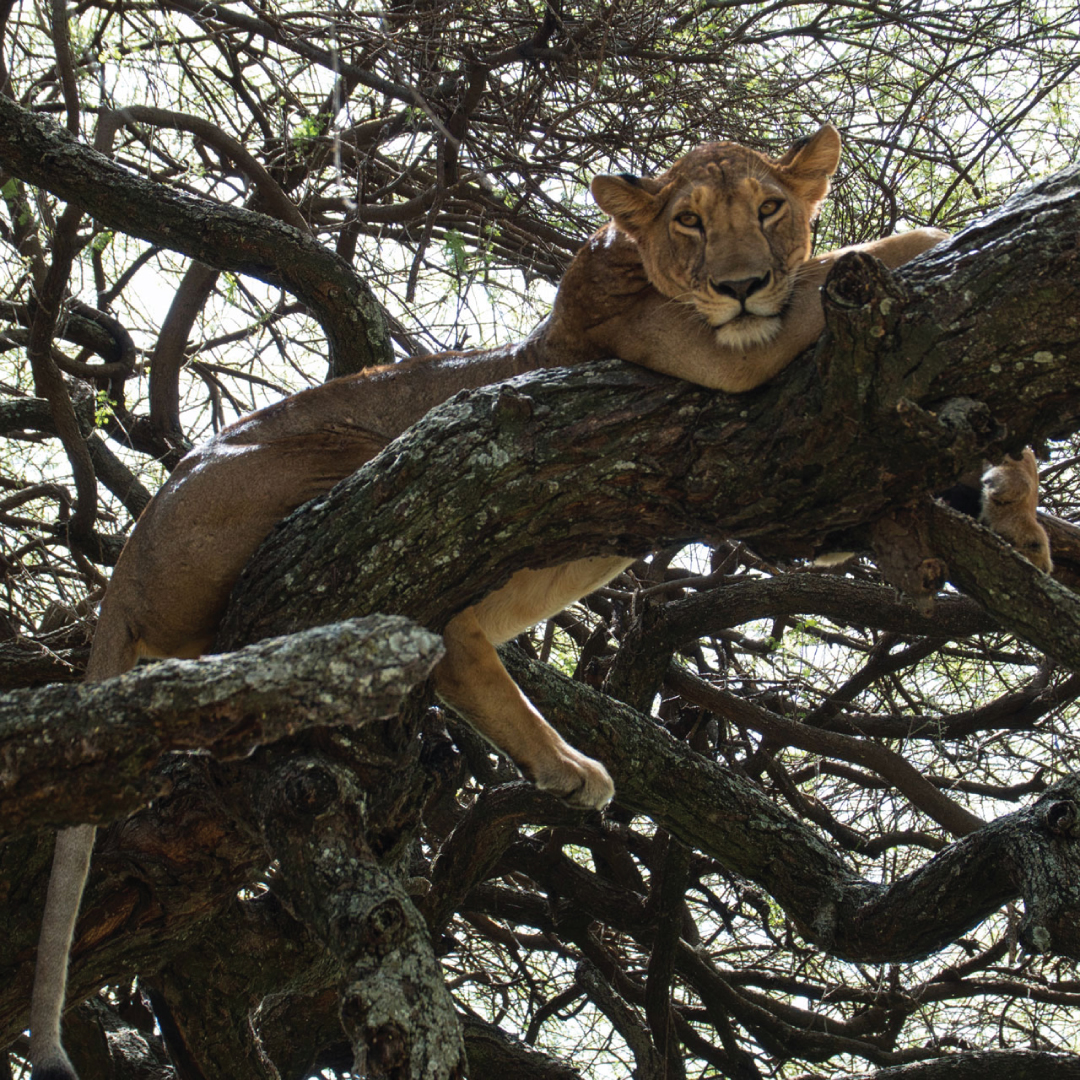Lake Manyara




Lake Manyara National Park, nestled between the cliffs of the Great Rift Valley and the shores of Lake Manyara, is a compact yet incredibly diverse wildlife sanctuary. Covering around 330 square kilometers, the park includes a large portion of the alkaline Lake Manyara, known for its beautiful reflections of the surrounding landscape and abundant birdlife. With over 400 bird species, including flamingos, pelicans, and storks, it is a paradise for bird watchers and nature enthusiasts.
The park is also famous for its tree-climbing lions, a rare phenomenon that few other parks in Africa can boast. These lions are often spotted lounging in the branches of acacia trees, a unique behavior thought to provide them with cool breezes and a better vantage point to survey the land. Lake Manyara’s diverse ecosystems range from groundwater forests and savanna woodlands to grassy floodplains, creating a thriving environment for various wildlife species.
In addition to lions, visitors can expect to see large herds of elephants and buffaloes, as well as giraffes, zebras, and antelopes. The park is particularly known for its large elephant population, and close encounters with these gentle giants are frequent, making it an exciting destination for families and wildlife photographers alike. Hippos are also common around the lake, and the Hippo Pool offers excellent viewing opportunities.
Lake Manyara National Park’s unique location provides a tranquil, scenic setting for safari drives, especially with the backdrop of the Rift Valley’s dramatic escarpment. For those interested in more active adventures, the park also offers canoeing safaris on the lake, allowing visitors to explore its waters and observe wildlife from a different perspective. Additionally, Manyara is one of the few parks in Tanzania that allows night game drives, giving guests a chance to spot nocturnal creatures.
This park is a gem in Tanzania’s Northern Circuit, often serving as a peaceful and accessible introduction to the country’s safari experiences. It is ideal for travelers looking for a shorter safari or to complement visits to the larger parks in the region, such as Serengeti or Ngorongoro. Lake Manyara’s diverse ecosystems and unique wildlife make it a worthwhile addition to any Tanzanian itinerary.
FAQ About Destination
What is the best time to visit Lake Manyara National Park?
The dry season, from June to October, is the best time for wildlife viewing, as animals are drawn to the lake. However, the wet season from November to May offers lush landscapes and excellent birdwatching.
Are tree-climbing lions commonly seen in Lake Manyara?
Yes, Lake Manyara is famous for its tree-climbing lions, although sightings are not guaranteed. These lions are often spotted in acacia trees, particularly during the warmer parts of the day.
Can I do a night game drive in Lake Manyara?
Yes, Lake Manyara is one of the few parks in Tanzania that offers night game drives, providing an opportunity to spot nocturnal animals like bush babies, porcupines, and genets.

